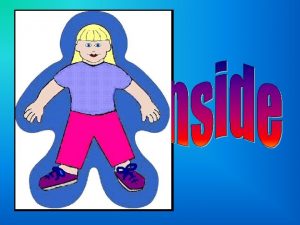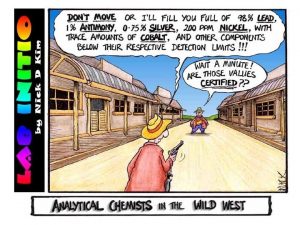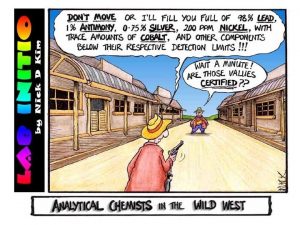So far we have looked at a variety







- Slides: 7

So far we have looked at a variety of linear models, but what happens when the best model is not linear?

6 -105. Top-It-Off Incorporated makes numerous lids for a variety of containers. Some of the most popular lids they produce are circular lids for oil drums and other cylindrical containers. Although the lids are ordered by the diameter of the circle, the price is set by the amount of metal used. Top-It-Off needs to set up a price structure that relates the weight of a lid to its diameter. Below is a list of weights for the standard size lids currently produced. a) b) c) d) The company analyst needs to find a good model for the weight as a function of the diameter. Use your calculator to create a scatterplot of your data and sketch the results. The data appears to have only a slight curve. Based on the scatterplot alone, you may think a linear model would be a good fit. Use your calculator to find the equation of the LSRL. Add this line to the sketch from part (a). Make a residual plot for your model. What conclusion can you draw about your linear model? What is the correlation coefficient? Write a sentence about R-squared in context.

6 -106. A BETTER MODEL The residual plot in the previous problem suggested that you should consider a non-linear model to represent the data. You will fit a curve to the data in this problem. a) Thinking about the relationship between the weight and the area, why is it reasonable to assume that a quadratic equation will model this relationship better? b) Use your calculator to find the quadratic regression curve equation. Add this graph to the scatterplot sketch. Be sure to label the graph with the equation. Note that the value of R 2 for a curved model cannot directly be compared to the R 2 from the linear model. The two values of R 2 are computed differently. c) Based on the calculator display, which model is a better fit for the data? d) Make a residual plot for the quadratic regression. Compare the residual plot from the linear regression to the residual plot from the quadratic regression. Which model is a better fit for the data?

6 -107. Recall that Giulia’s father uses dry ice to keep the glasses in his restaurant very cold. The dry ice evaporates in the restaurant cooler as shown in the table at right. a) Recreate the scatterplot and the LSRL of this data on your calculator. Sketch the residual plot. b) What does the residual plot tell you about the original data Giulia collected? What type of function might fit this data better? c) Use your calculator to find the exponential regression equation. Add this graph to the scatterplot sketch. Be sure to label the graph with the equation. d) Based on the scatterplot alone, does the linear model or the exponential model fit the data better? e) Make a residual plot of the exponential regression. Comment on the appropriateness of the exponential model.

6 -108. Below is a list of amounts of oil produced from 1905 to 1972. MMbbl stands for millions of barrels and is the standard abbreviation used by the oil industry. a) b) c) d) e) f) g) Create a scatterplot of the data on your calculator and sketch the result on your paper. Treat 1900 as year zero. Fit a quadratic function to the curved data. Sketch the residual plot and comment on the appropriateness of the quadratic model. Considering the growth of oil production, what model might fit the data better? Now use your calculator to find the exponential regression equation. Add this curve to the scatter plot sketch. Be sure to write the equation near the graph. Based on the scatterplot alone, which model is a better fit for the data, the quadratic, or the exponential? Make a residual plot of the exponential regression. Comment on the appropriateness of the exponential model. No model is perfect, but some models are more useful than other models. Which model (linear, quadratic, or exponential) is most useful for predicting oil production? Justify your choice.

6 -109. A PIECEWISE MODEL • According to your exponential model from the previous problem, how much oil was produced in 1996? • Below is a continuation of the data for the amount of oil production. Compare your prediction for 1996 to the amount given in the table. Why was your prediction for 1996 so far off?

6 -109. A PIECEWISE MODEL • Add this data to the previous data already in your calculator. Then create an updated scatterplot on your calculator. Sketch the scatterplot, with a sketch of the exponential model, on your paper. Does your exponential model continue to fit the data? • Plot just the data from 1982 – 1996 and create a scatterplot on your calculator. What model do you believe will best fit this data? • Use your calculator to find a regression line for the data from 1982 – 1996. • Comment on the residuals plot. • With this new linear model, can you make a better prediction than you did in part (a) for the amount of oil produced in 1996? • Since you used two different models for the data, you will need to make a piecewise graph that shows both models. On your paper, make a scatterplot of the oil production data with the piecewise model: create a scatterplot with all the oil production data from 1905 to 1996, with both the exponential best-fit model and the linear best-fit model shown. What is the domain of each model?













